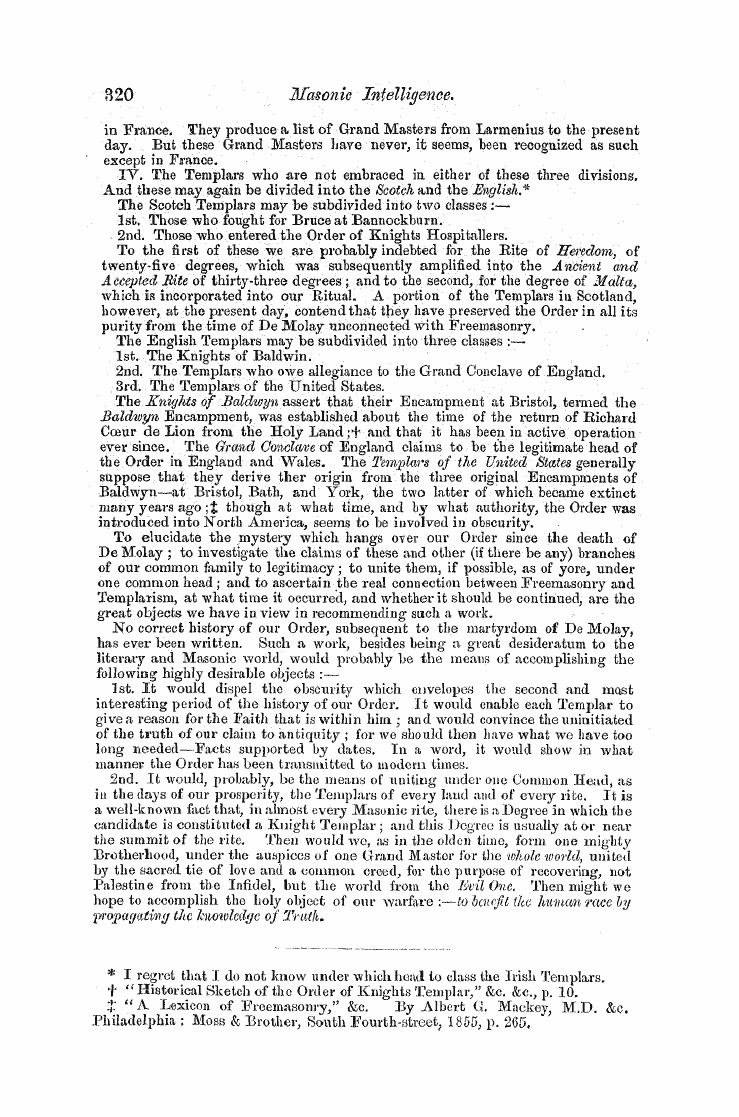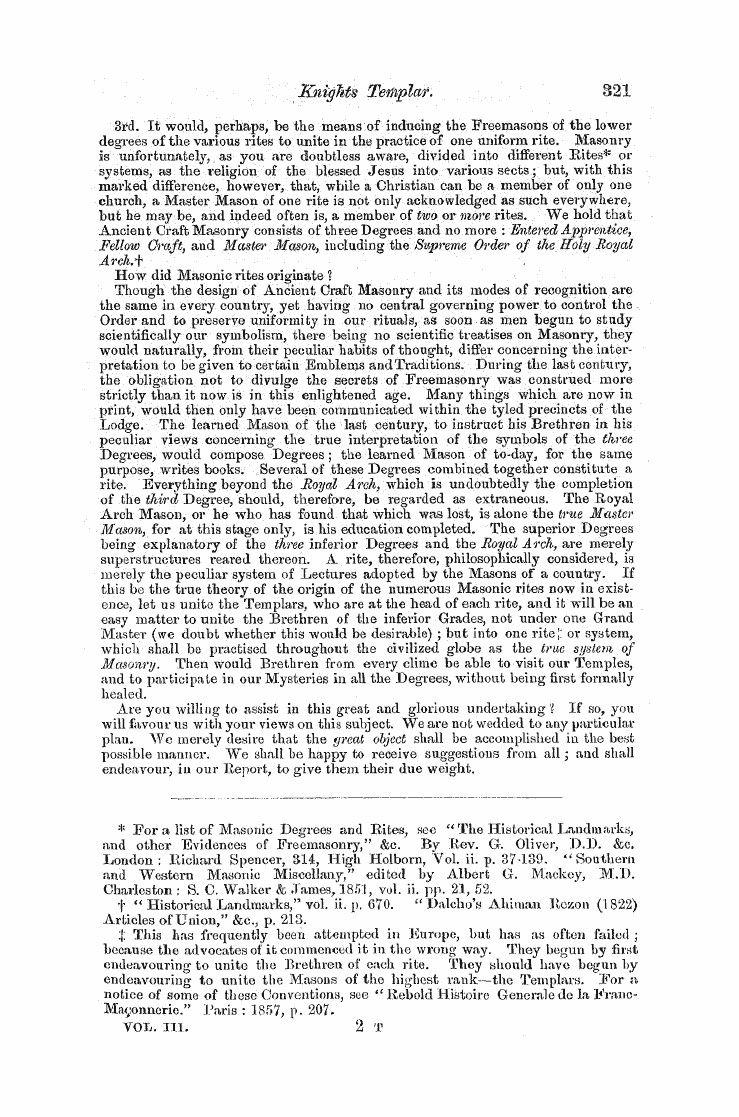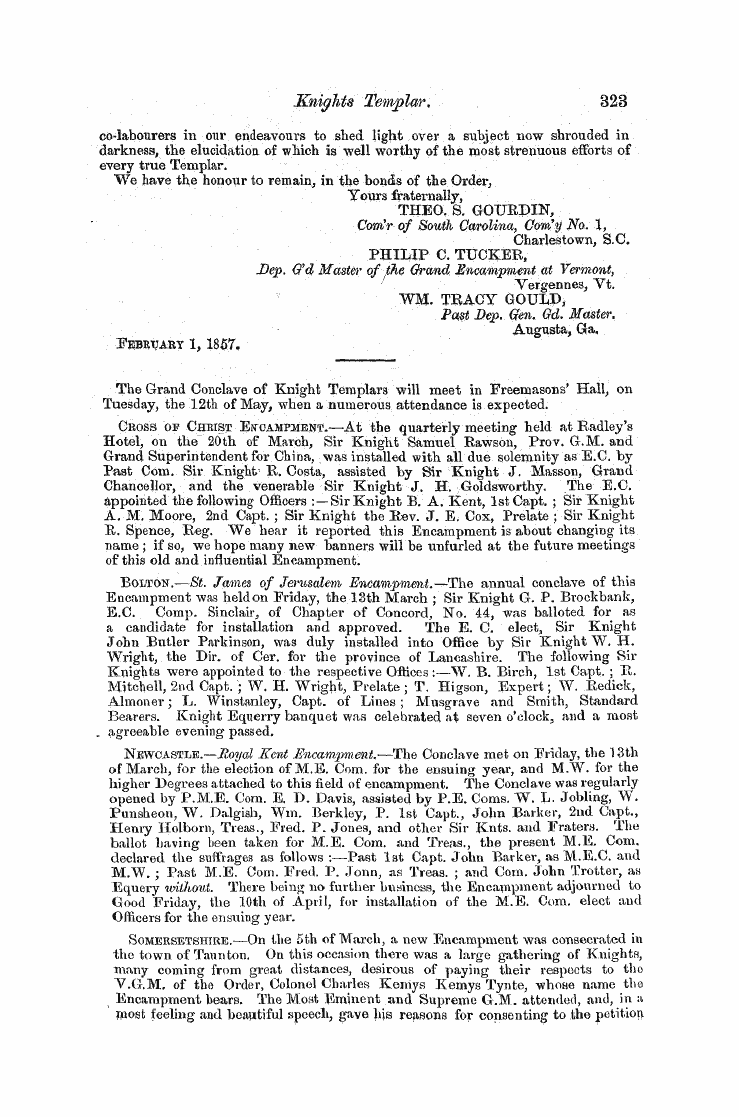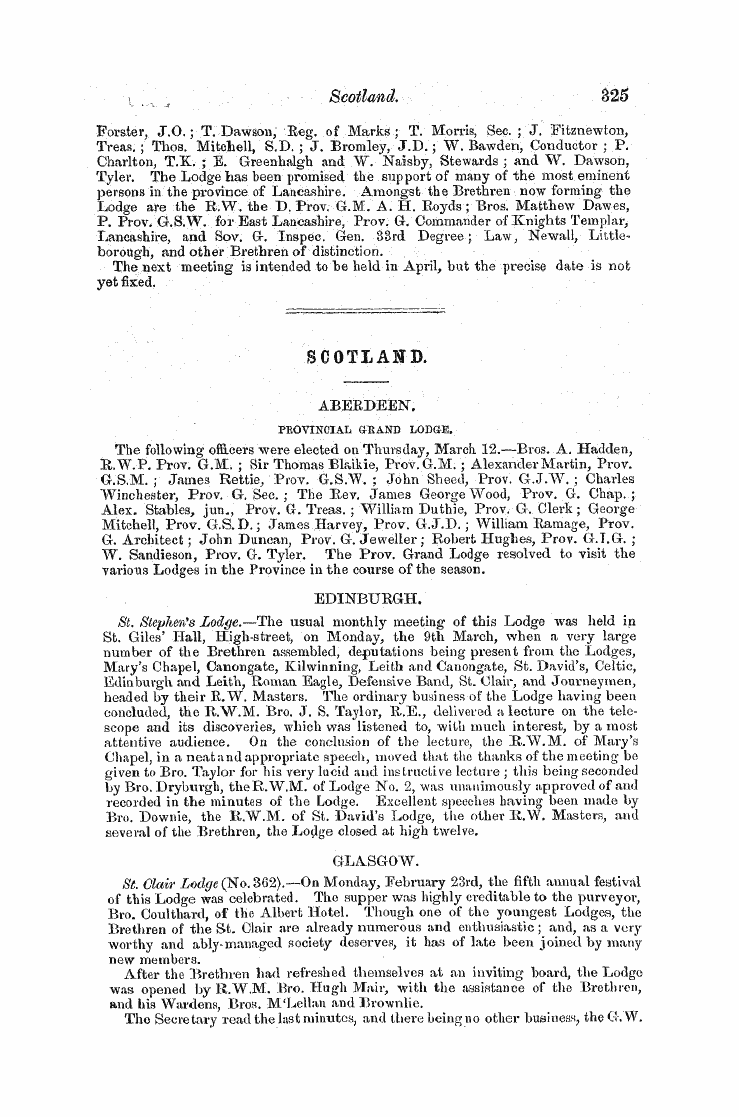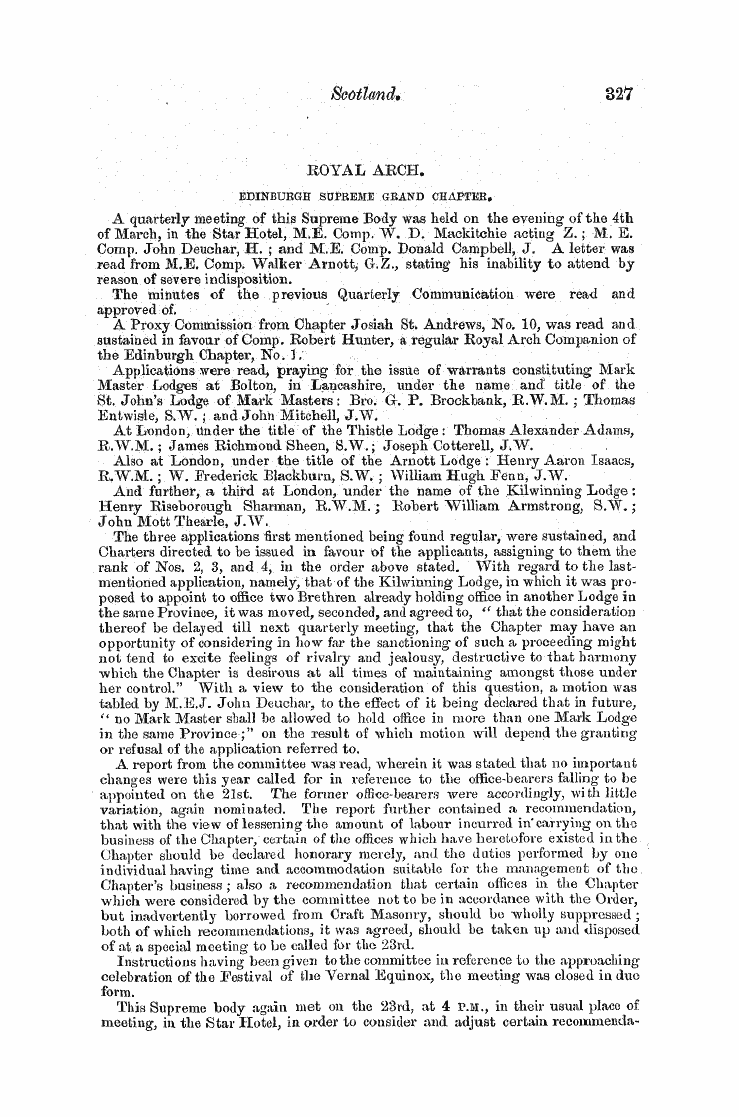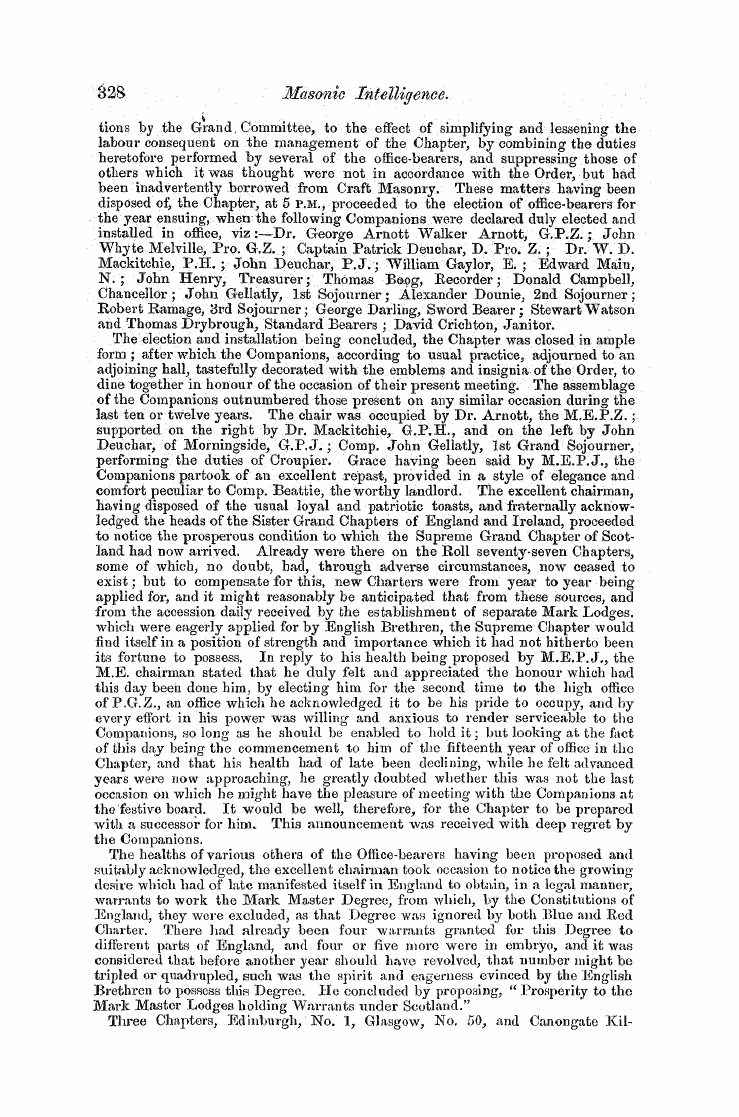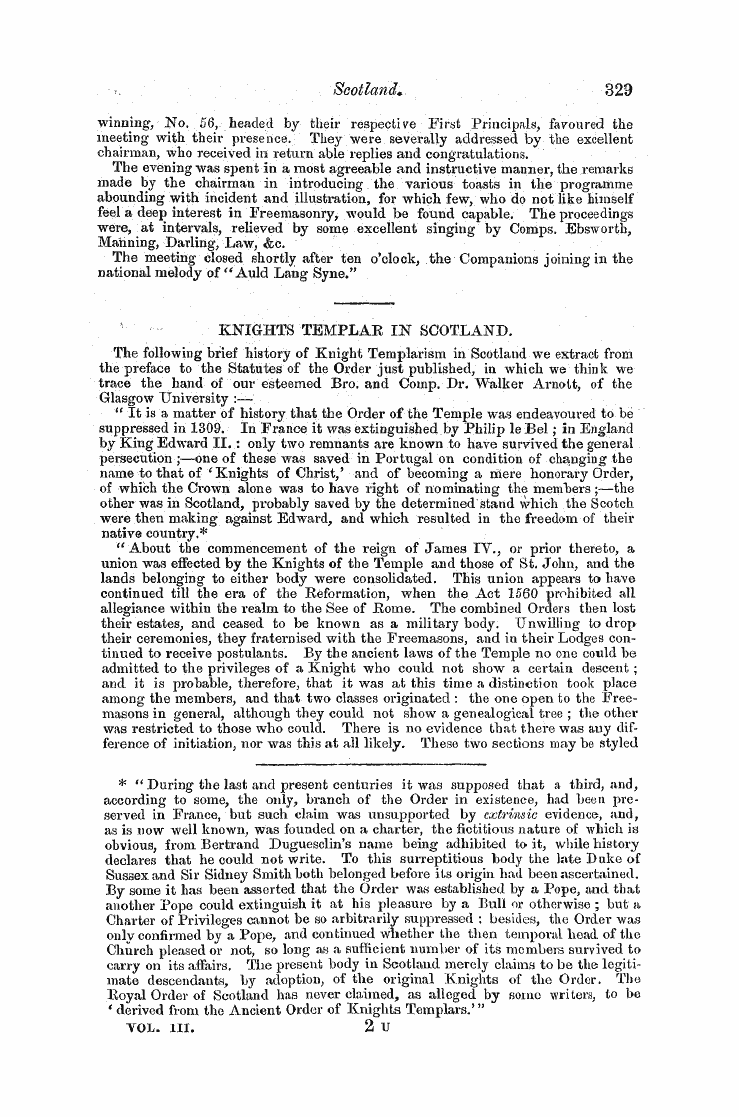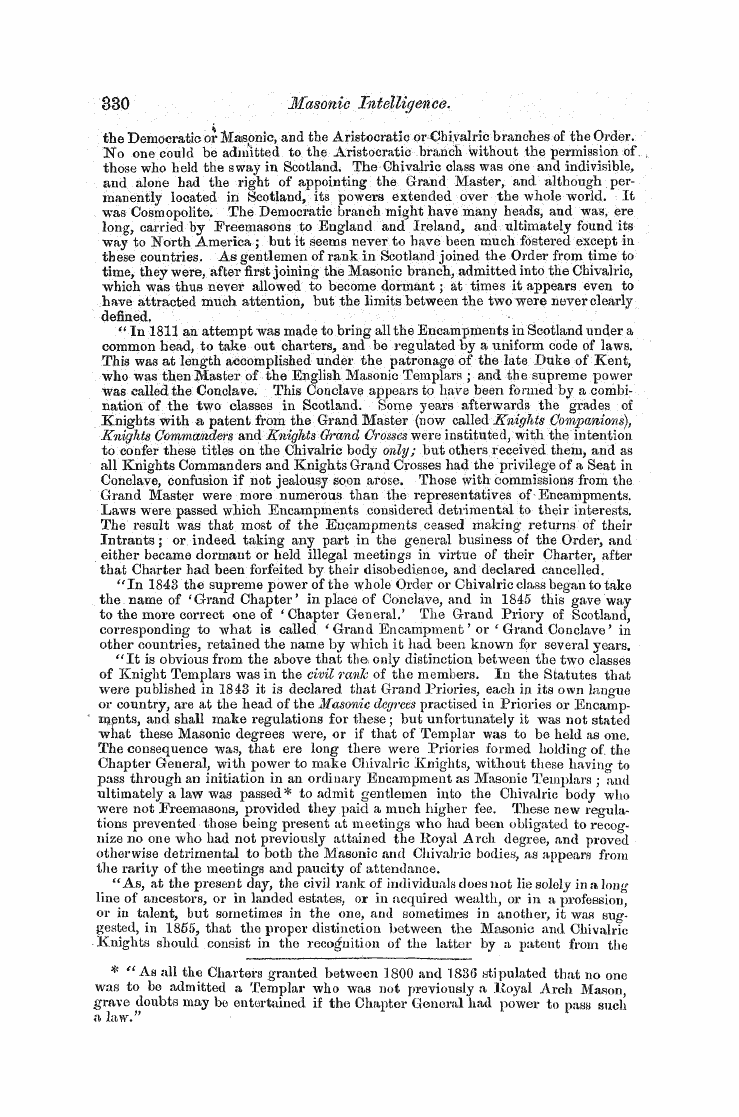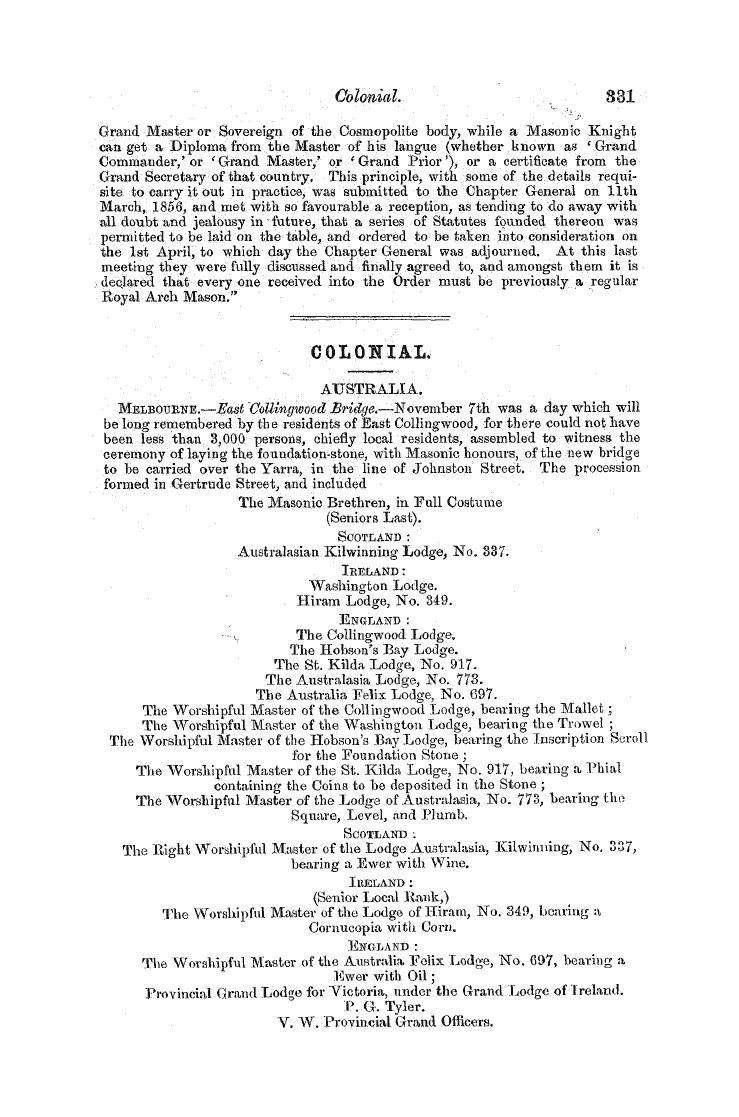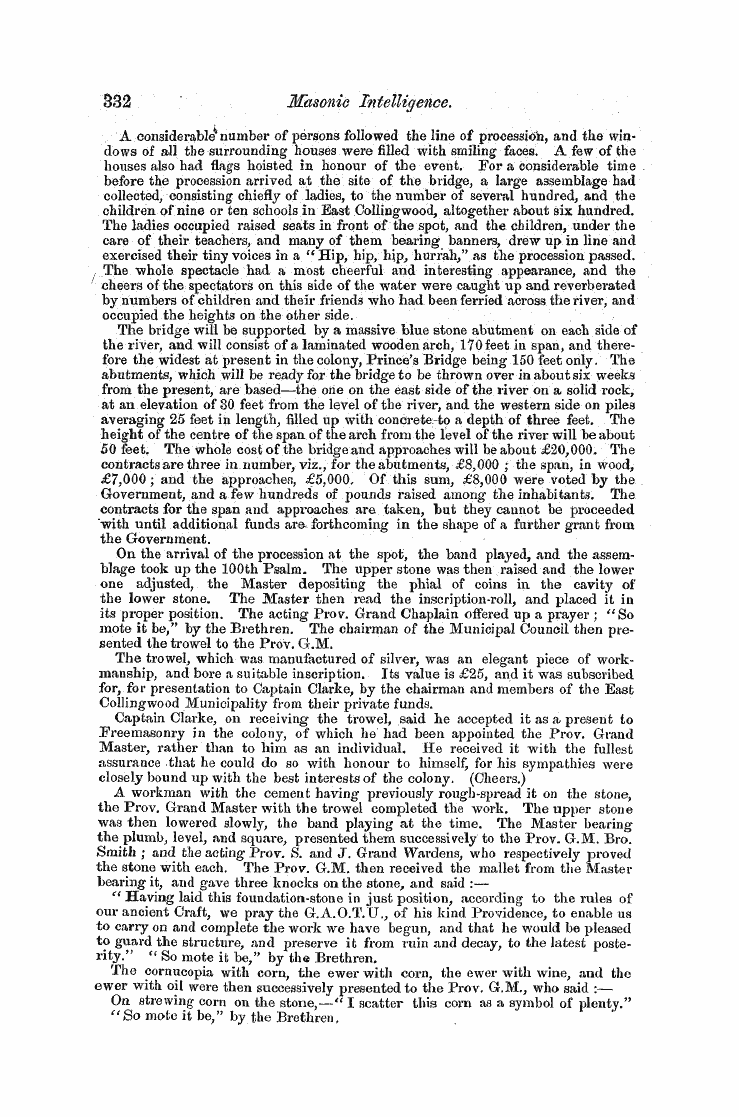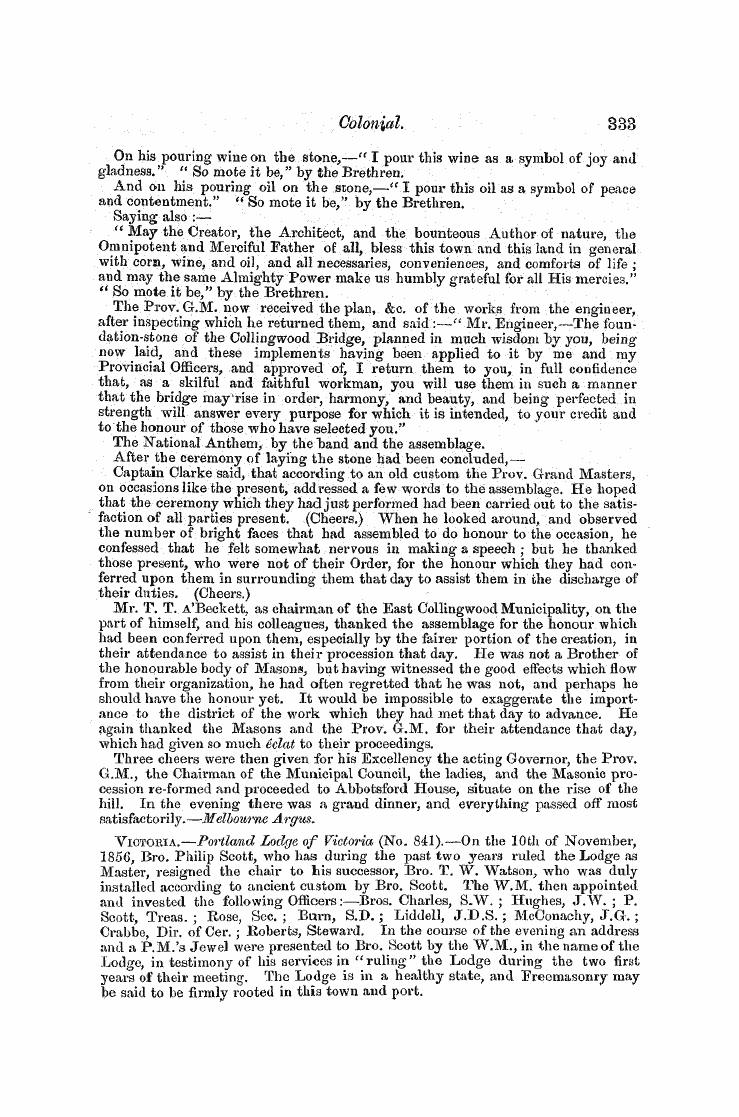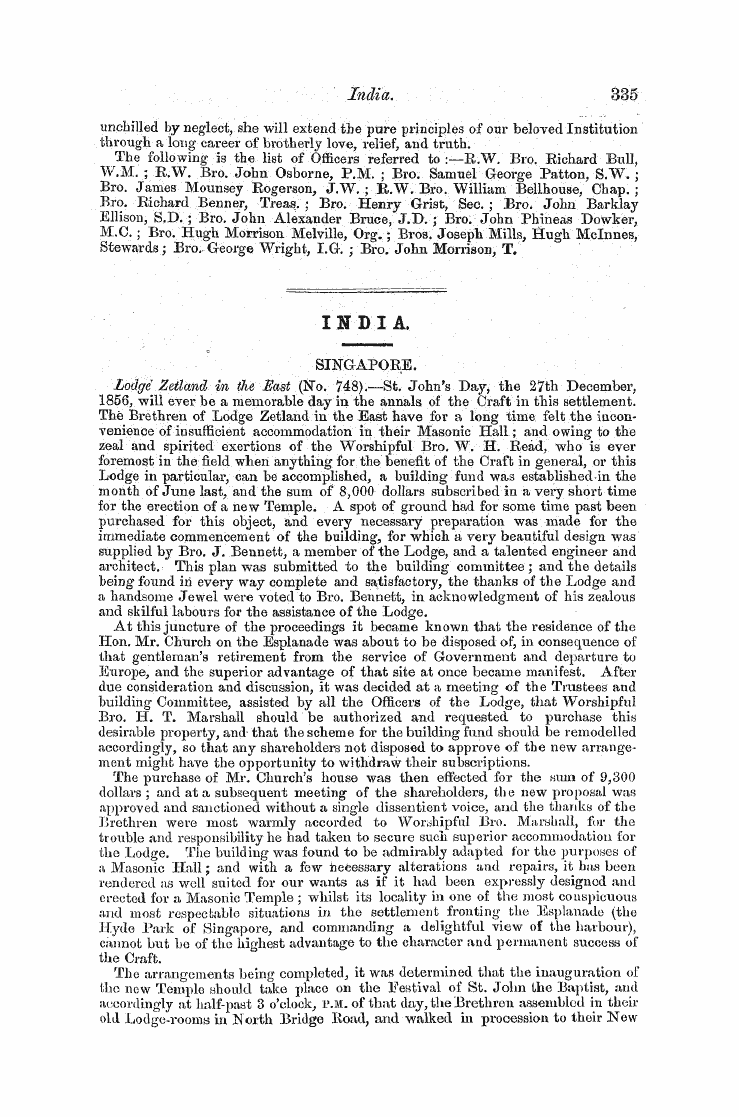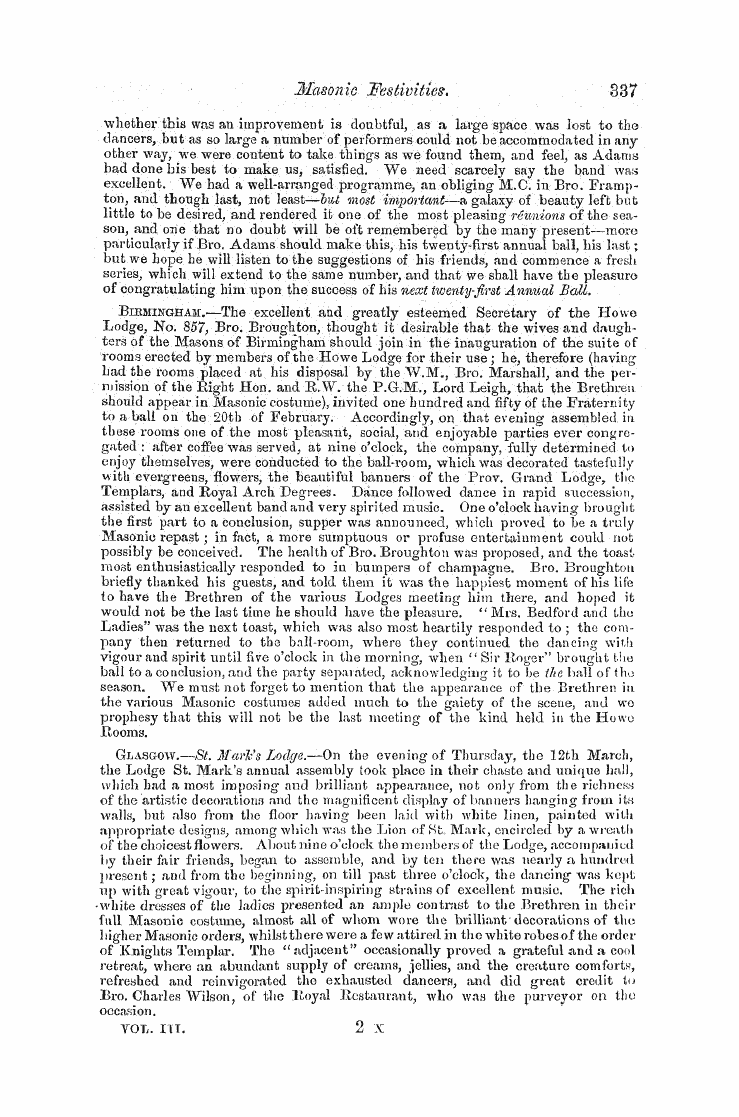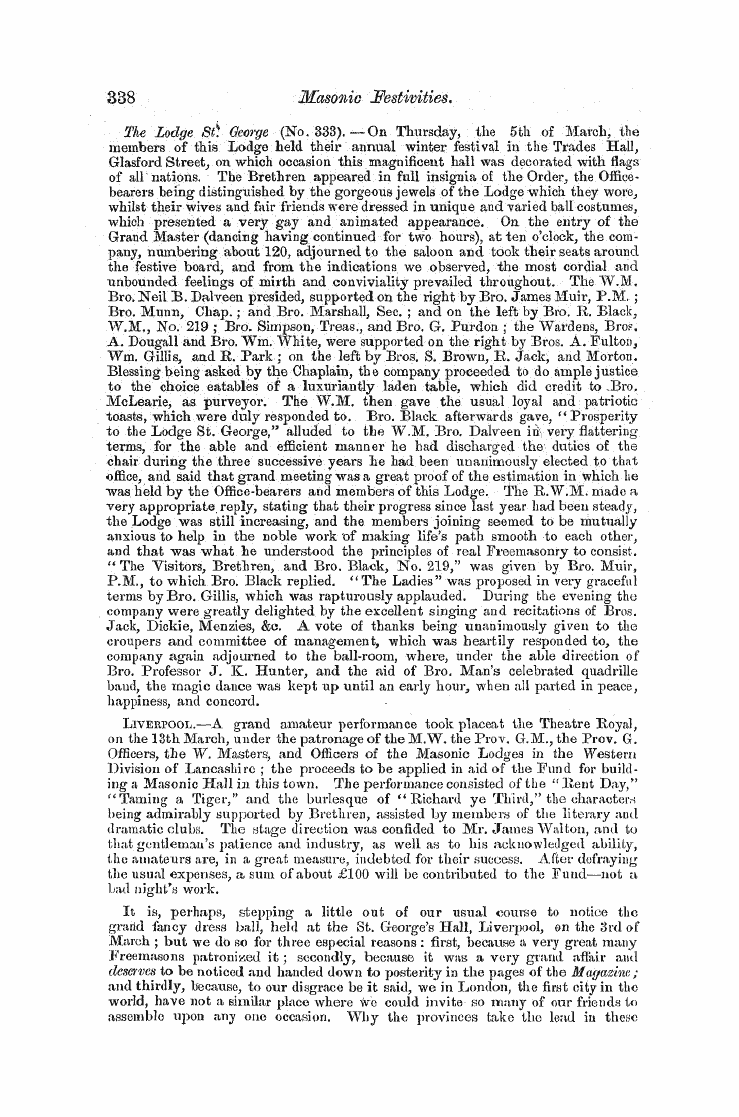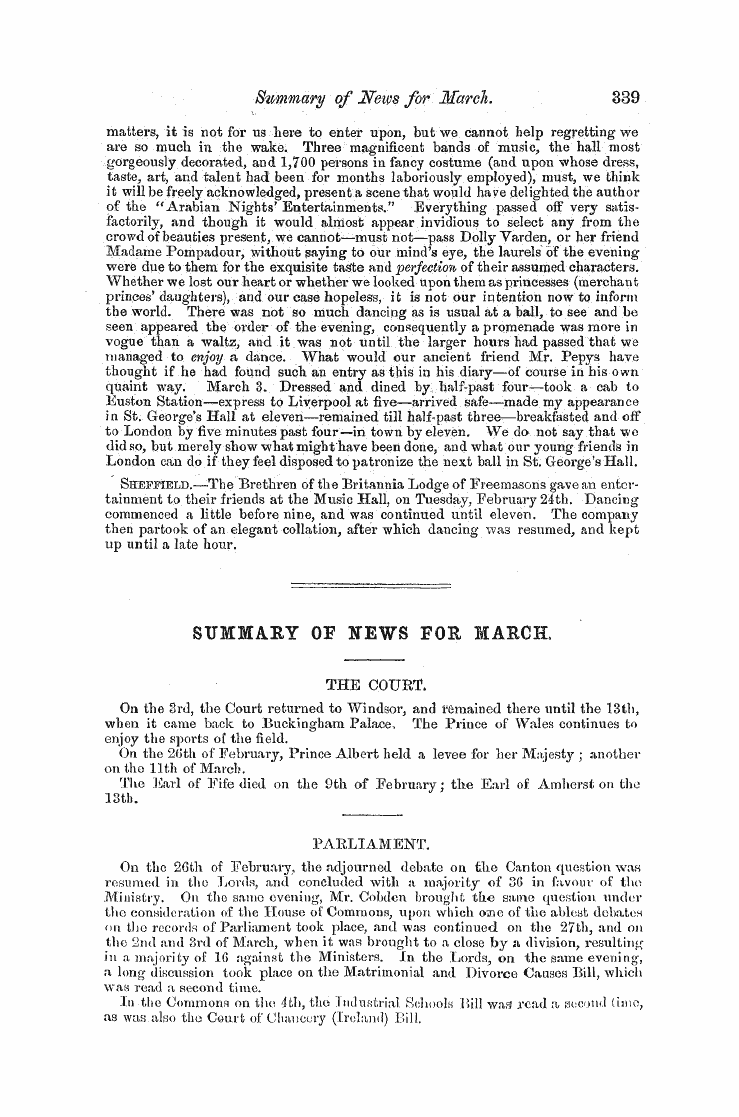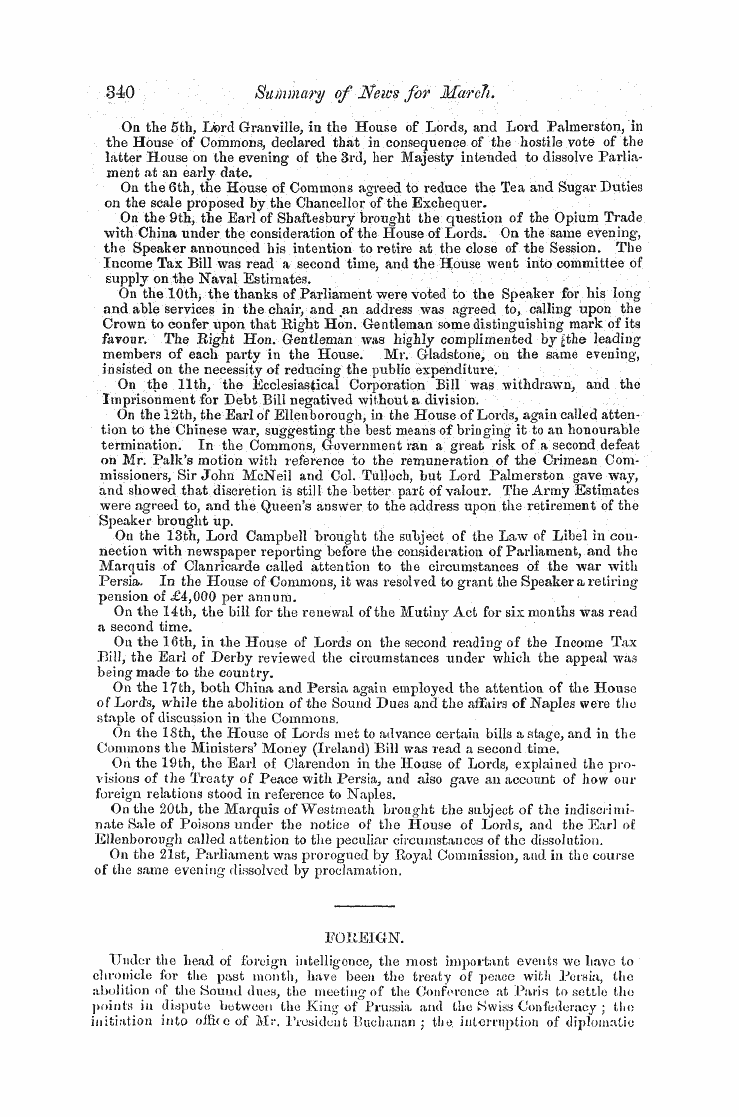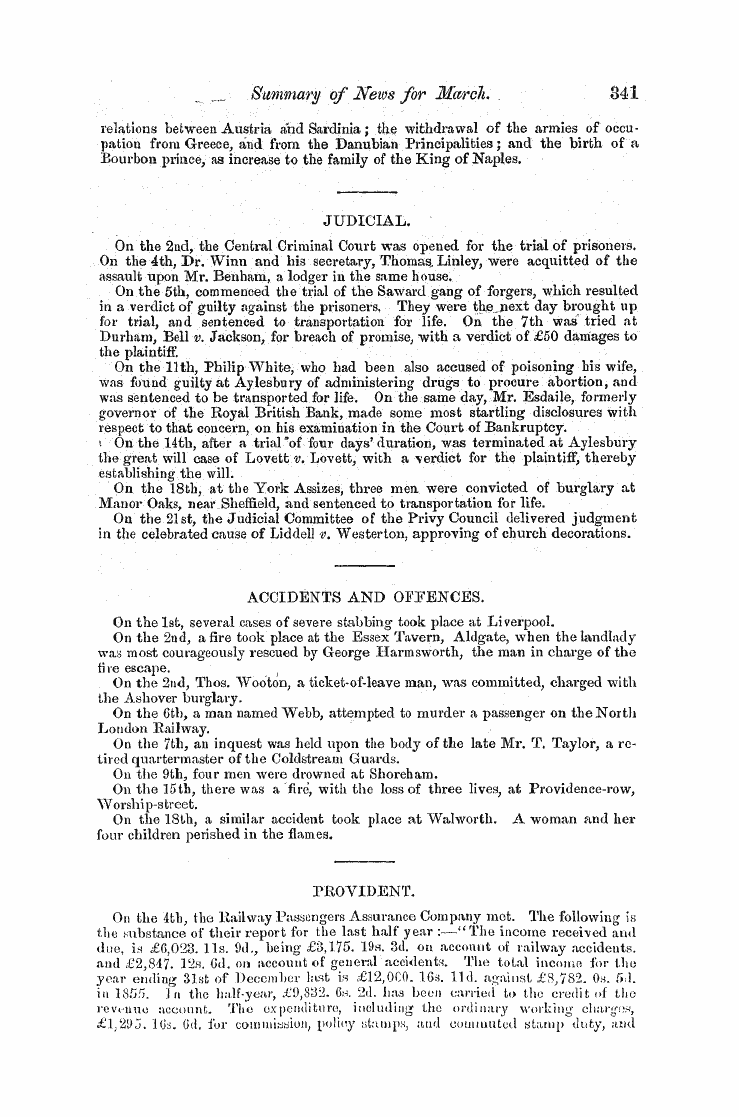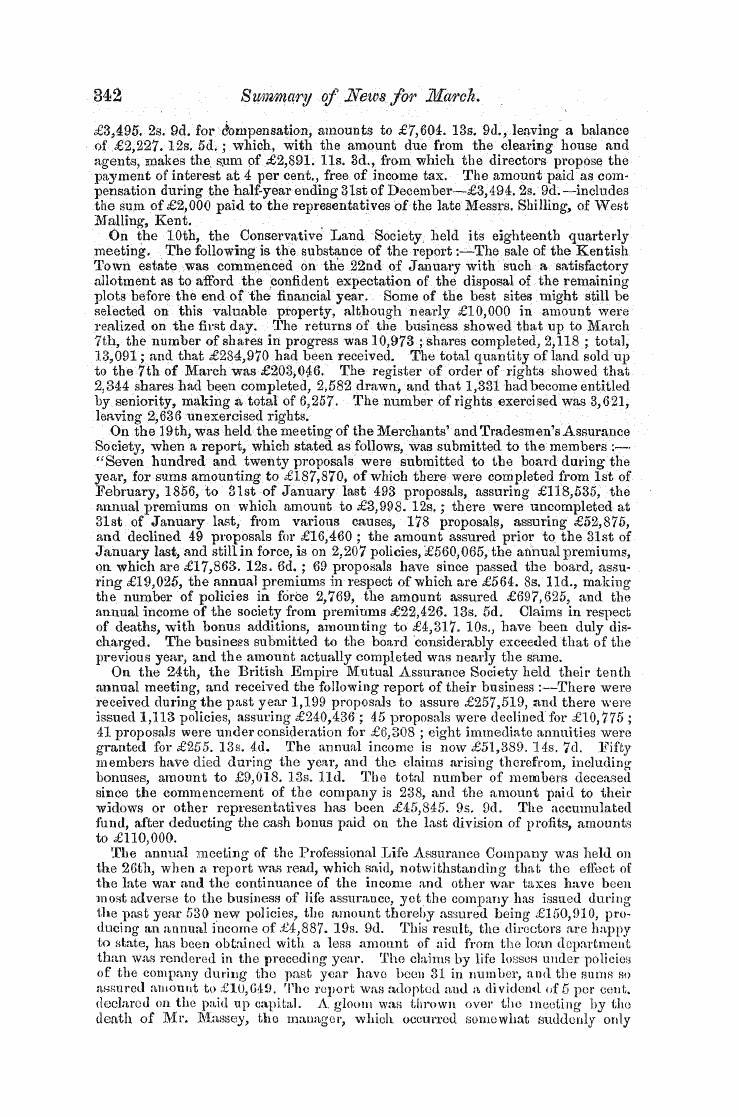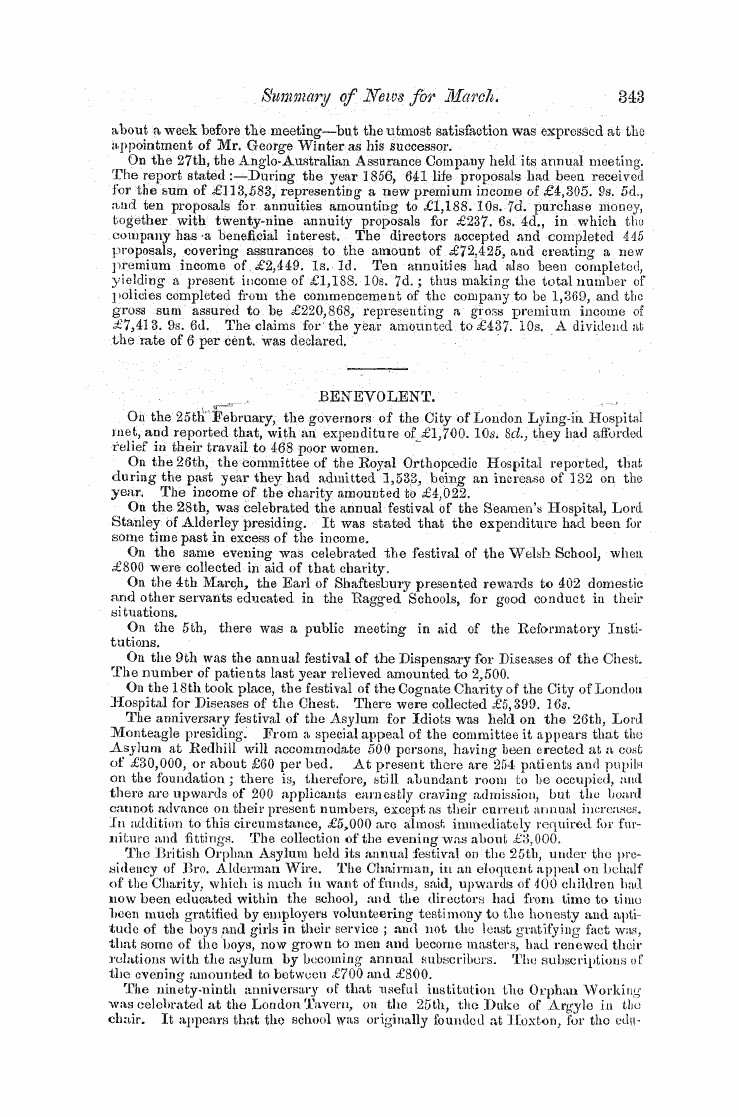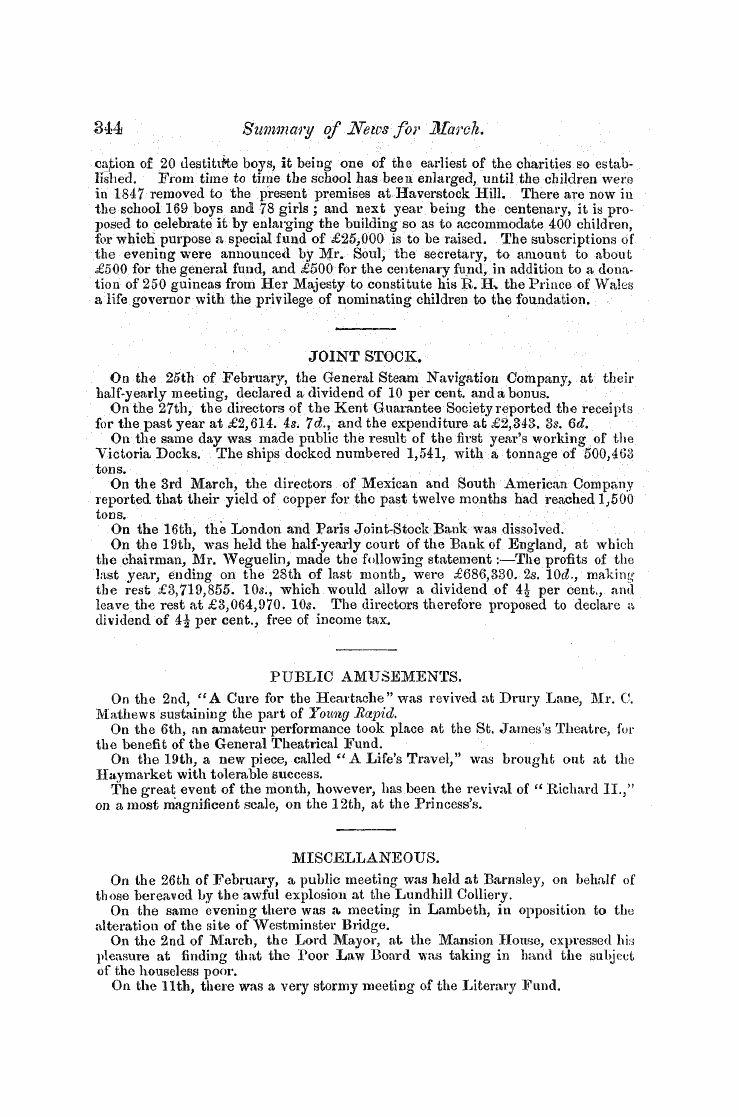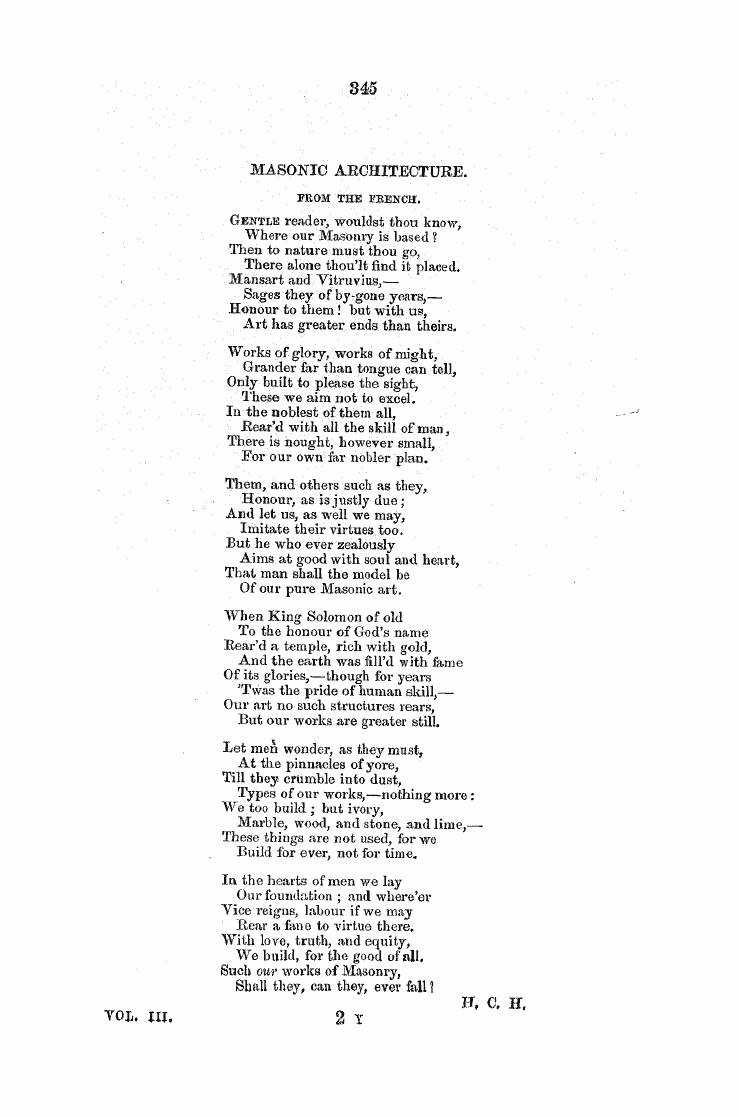-
Articles/Ads
Article KNIGHTS TEMPIAK. ← Page 2 of 6 →
Note: This text has been automatically extracted via Optical Character Recognition (OCR) software.
Knights Tempiak.
in France , They produce a list of Grand Masters from Larmenius to the present day . But these Grand Masters have never , it seems , been recognized as such except in France . IV . The Templars who are not embraced in either of these three divisions . And . these may again be divided into the Scotch & nd the English * The Scotch Templars may be subdivided in to two classes : — 1 st . Those who fought for Bruce at Bannockburn . 2 nd . Those who entered the Order of Knights Hospitallers .
To the first of these we are probably indebted for the Rite of Heredom , of twenty-five degrees , which was subsequently amplified into the Ancient and Accepted Rite of thirty-three degrees ; and to the second , for the degree of Malta , which is incorporated into our Ritual . A pdrtion of the Templars in Scotland , however , at the present day , contend that tjiey have preserved the Order in all its purity from the time of De Molay unconnected with Freemasonry . The English Templars may be subdivided into three classes ,: •—1 st . The Knights of Baldwin . 2 nd . The Templars who owe allegiance to the Grand Conclave of England ,
3 rd . The Templars of the United States . The Knights of Ealdwyn assert that their Encampment at Bristol , termed the Baldwyn Encampment , was established about the time of the return of Richard Ceeur de Lion from the Holy Land ; + and that it has been in active operation ever since . The Grand Conclave of England claims to be the legitimate head of the Order in England and Wales . The Templars of the Urdted States generally suppose that they derive ther origin from the three original Encampments of Baldwyn—at Bristol , Bath , and York , the two latter of which became extinct many years ago ; J though at what time , and by what authority , the Order was introduced into JSTorth America , seems to be involved in obscurity .
To elucidate the mystery which hangs over our Order since the death of De Molay ; to investigate the claims of these and other ( if there be any ) branches of our common family to legitimacy ; to unite them , if possible , as of yore , under one common head ; and to ascertain the real connection between Freemasonry and Templaxism , at what time it occurred , and whether it should be continued , are the great objects we have in view in recommending such a work . No correct history of our Order , subsequent to the martyrdom of De Molay , has ever been written . Such a work , besides being a great desideratum to the literary and Masonic world , would probably be the means of accomplishing the
following highly desirable objects : — 1 st . It would dispel the obscurity which envelopes the second and mast interesting period of the history of our Order . It would enable each Templar to give a reason for the Paith that is within him ; and would convince the uninitiated of the truth of our claim to antiquity ; for we should then have what we have too long needed—Pacts supported by dates . In a word , it would show in what manner the Order has been transmitted to modem times . 2 nd . It would , probably , be the means of uniting under one Common Head , as
in the days of our prosperity , the Templars of every land and of every rite . It is a well-known fact that , in almost every Masonic rite , there is a Degree in which the candidate is constituted a Knight Templar ; and this Degree is usually at or near the summit of the rite . Then would we , as in the olden time , form one mighty Brotherhood , under the auspices of one Grand Master for the whole world , united by the sacred tie of love and a common creed , for the purpose of recovering , not Palestine from the Infidel , but the world from the Evil One . Then might we hope to accomplish the holy object of our warfare : ¦— to benefit the human race by propagating the Jcnoioledgc of Truth
* I regret that I do not know under which head to class the Irish Templars . f " Historical Sketch of the Order of Knights Templar , " & c . & c , p . 10 . : J ; " A Lexicon of Freemasonry / ' Sic . By Albert G . Mackey , M . D . & c Philadelphia : Moss & Brother , South Fourth-street 1855 , p . 265 ,
Note: This text has been automatically extracted via Optical Character Recognition (OCR) software.
Knights Tempiak.
in France , They produce a list of Grand Masters from Larmenius to the present day . But these Grand Masters have never , it seems , been recognized as such except in France . IV . The Templars who are not embraced in either of these three divisions . And . these may again be divided into the Scotch & nd the English * The Scotch Templars may be subdivided in to two classes : — 1 st . Those who fought for Bruce at Bannockburn . 2 nd . Those who entered the Order of Knights Hospitallers .
To the first of these we are probably indebted for the Rite of Heredom , of twenty-five degrees , which was subsequently amplified into the Ancient and Accepted Rite of thirty-three degrees ; and to the second , for the degree of Malta , which is incorporated into our Ritual . A pdrtion of the Templars in Scotland , however , at the present day , contend that tjiey have preserved the Order in all its purity from the time of De Molay unconnected with Freemasonry . The English Templars may be subdivided into three classes ,: •—1 st . The Knights of Baldwin . 2 nd . The Templars who owe allegiance to the Grand Conclave of England ,
3 rd . The Templars of the United States . The Knights of Ealdwyn assert that their Encampment at Bristol , termed the Baldwyn Encampment , was established about the time of the return of Richard Ceeur de Lion from the Holy Land ; + and that it has been in active operation ever since . The Grand Conclave of England claims to be the legitimate head of the Order in England and Wales . The Templars of the Urdted States generally suppose that they derive ther origin from the three original Encampments of Baldwyn—at Bristol , Bath , and York , the two latter of which became extinct many years ago ; J though at what time , and by what authority , the Order was introduced into JSTorth America , seems to be involved in obscurity .
To elucidate the mystery which hangs over our Order since the death of De Molay ; to investigate the claims of these and other ( if there be any ) branches of our common family to legitimacy ; to unite them , if possible , as of yore , under one common head ; and to ascertain the real connection between Freemasonry and Templaxism , at what time it occurred , and whether it should be continued , are the great objects we have in view in recommending such a work . No correct history of our Order , subsequent to the martyrdom of De Molay , has ever been written . Such a work , besides being a great desideratum to the literary and Masonic world , would probably be the means of accomplishing the
following highly desirable objects : — 1 st . It would dispel the obscurity which envelopes the second and mast interesting period of the history of our Order . It would enable each Templar to give a reason for the Paith that is within him ; and would convince the uninitiated of the truth of our claim to antiquity ; for we should then have what we have too long needed—Pacts supported by dates . In a word , it would show in what manner the Order has been transmitted to modem times . 2 nd . It would , probably , be the means of uniting under one Common Head , as
in the days of our prosperity , the Templars of every land and of every rite . It is a well-known fact that , in almost every Masonic rite , there is a Degree in which the candidate is constituted a Knight Templar ; and this Degree is usually at or near the summit of the rite . Then would we , as in the olden time , form one mighty Brotherhood , under the auspices of one Grand Master for the whole world , united by the sacred tie of love and a common creed , for the purpose of recovering , not Palestine from the Infidel , but the world from the Evil One . Then might we hope to accomplish the holy object of our warfare : ¦— to benefit the human race by propagating the Jcnoioledgc of Truth
* I regret that I do not know under which head to class the Irish Templars . f " Historical Sketch of the Order of Knights Templar , " & c . & c , p . 10 . : J ; " A Lexicon of Freemasonry / ' Sic . By Albert G . Mackey , M . D . & c Philadelphia : Moss & Brother , South Fourth-street 1855 , p . 265 ,































































